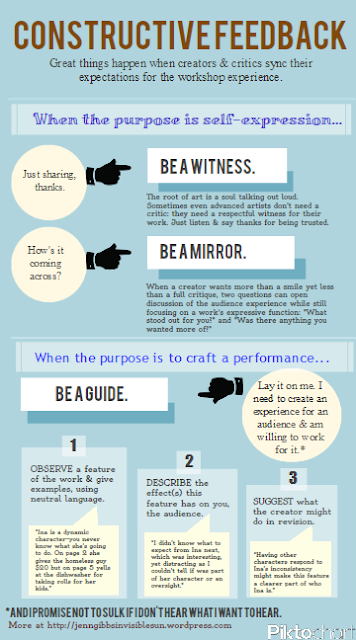Week 11 Reading: Pacific Northwest American Indian Tales, Part B
Totem Pole Vancouver on Flickr This is a continuation of my Pacific Northwest American Indian unit notes. I chose this unit because I have been to the Pacific Northwest three times. Each time I did some outdoor activities, and I absolutely loved the climate, foliage, and land. This helped me envision the imagery in these tales. Some of the stories in the second half had a different feeling than the first half of the unit. Often, they were more action-packed and the storylines sometimes went in bizarre directions which made it difficult to remember what exactly happened. Also, I noticed that a lot of the paragraphs were shorter and that sentences were often choppy and clipped. I prefer the writing style of the first half of this unit. One of these strange tales was a Nez Perce story, Cry-because-he-had-no-wife . The story title is the main character’s translated name, and he really does cry through most of the tale. Because of this, I did not find him to be a very l
